
Vol. I, No. 6, August 2023
Growing popularity of agritourism glamping
The word clamping first came into use in 2005 as a blend of glamour and camping. Glamping offers a unique and upscale camping experience combining the comforts and luxury of modern amenities with the natural beauty and adventure of camping. It appeals to people who want to connect with nature but also prefer some of the comforts of traditional accommodations.
Glamping originally denoted a tent with amenities and comforts such as a bed with sheets, furniture, electricity, access to running water, and even an outdoor shower. But over the years, it has morphed to include yurts, tree houses, small buildings, and even glamping in an airstream RV, which is becoming more popular because of its nostalgic appeal.
The pandemic contributed to glamping's growing popularity. During the Covid-19 pandemic, outdoor and nature-based activities gained popularity as people sought safe and socially distanced travel options. Glamping, focusing on open spaces and remote locations, became a preferred choice for many travelers.
Social media is also playing a significant role in the growing popularity of glamping. People share their novel and glamorous glamping experiences online, showcasing stunning locations and unique accommodations, which can inspire others to try it out for themselves.
Many glamping sites are located in picturesque, natural settings, allowing guests to immerse themselves in nature and participate in various outdoor activities. This aligns with the growing interest in wellness and eco-tourism, where people seek experiences that promote relaxation, mindfulness, and a connection with the environment.
Glamping is a growing segment of agritourism as farms and ranches are adding glamping to their more nature-based and picturesque locations. Here are a few examples of glamping accommodations.
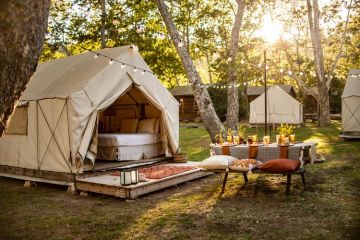
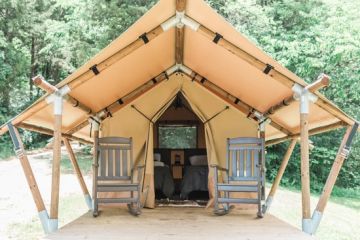
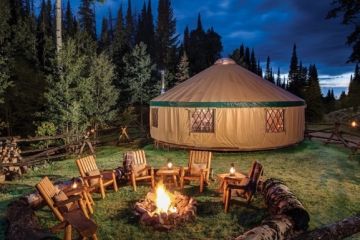
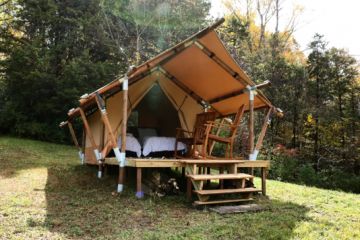
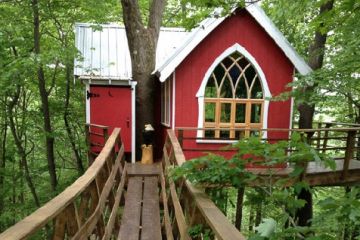
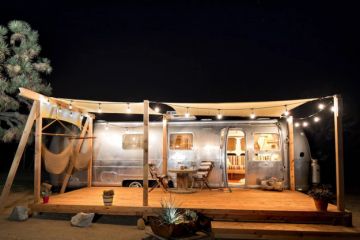
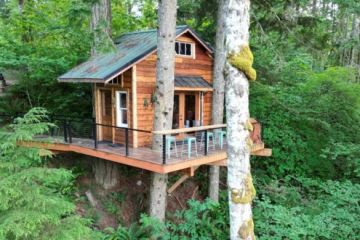
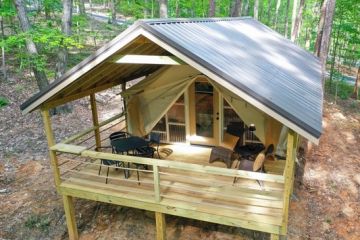
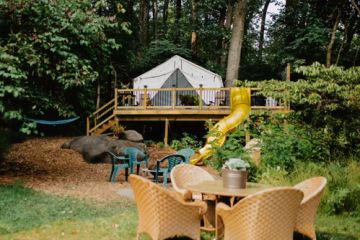
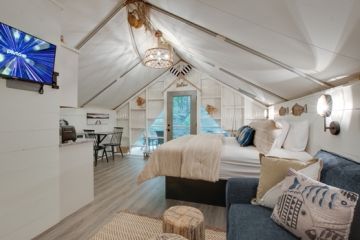
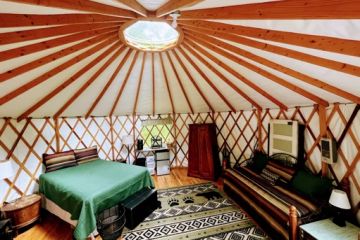
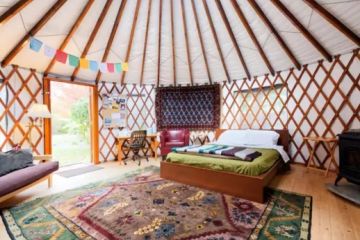
Subscribe to Agritourism Today



